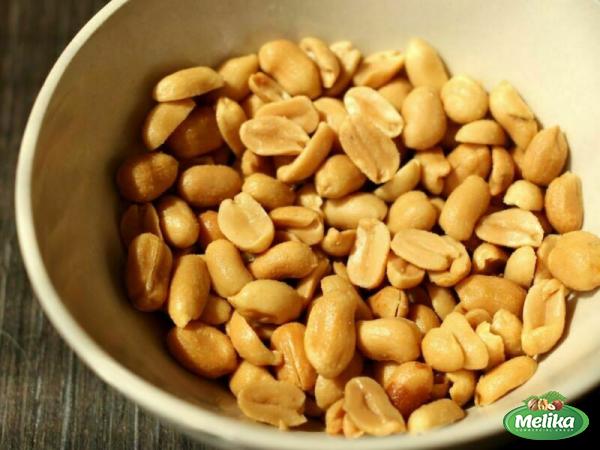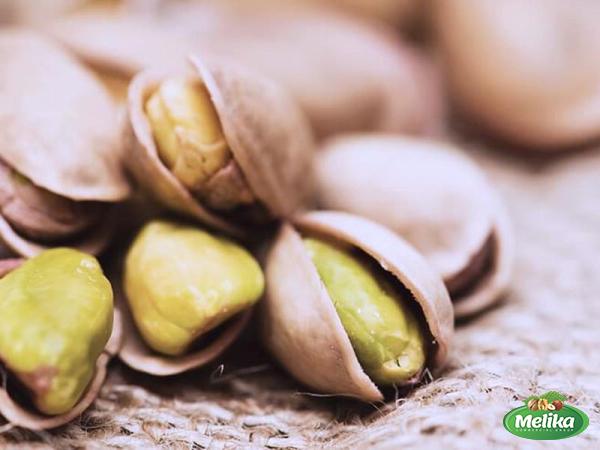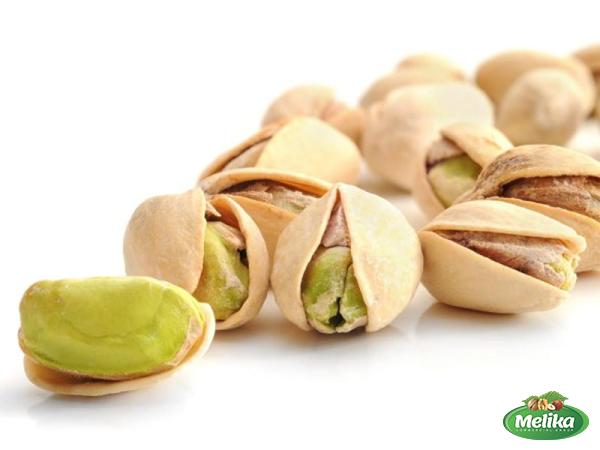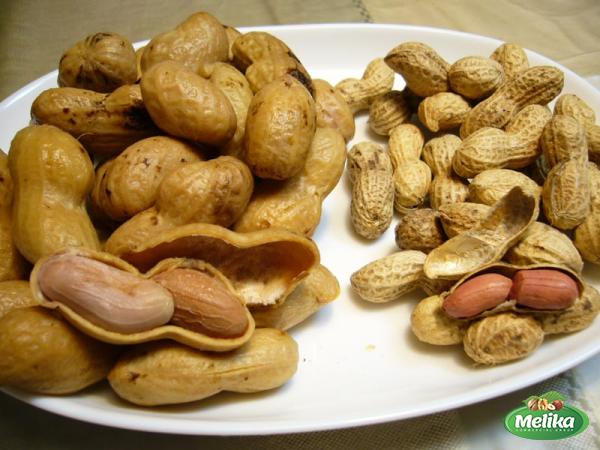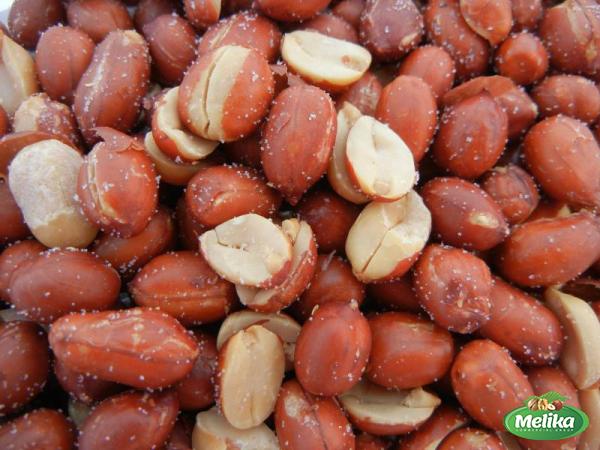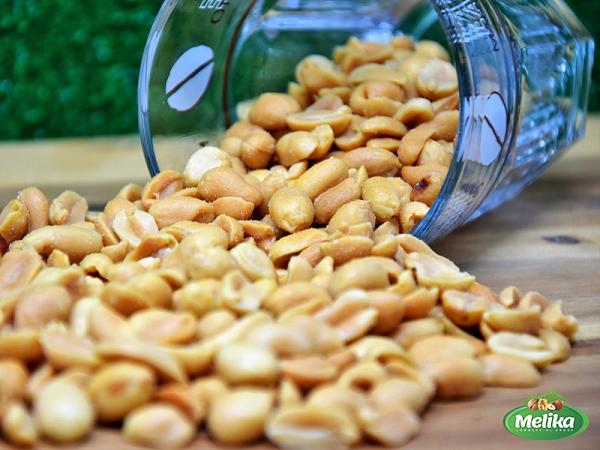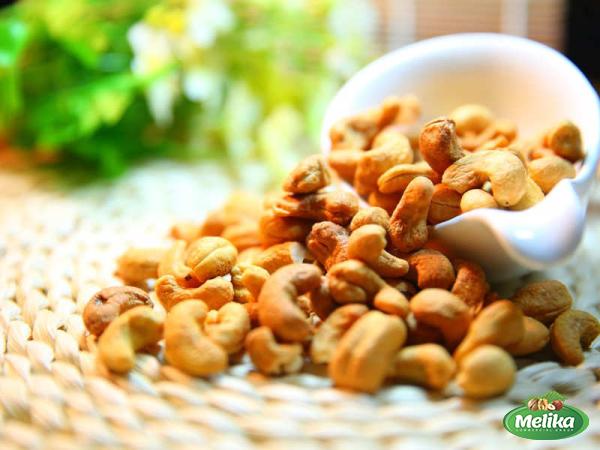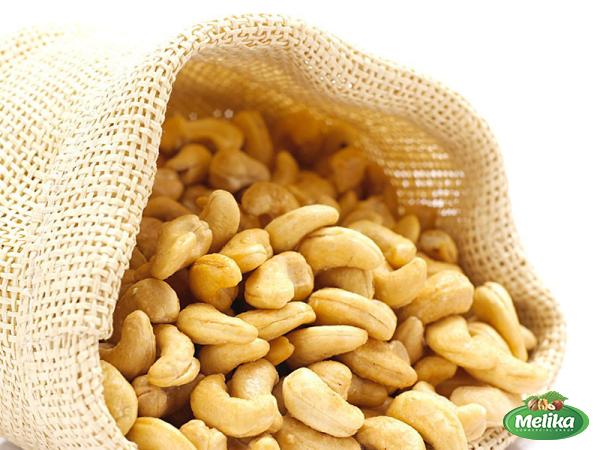Iran is renowned for its high-quality pistachios, often referred to as the “green gold” of the country. With its favorable climate and optimal growing conditions, Iran produces a range of pistachio varieties that are widely sought after worldwide. In this article, we will explore the various types of pistachios produced in Iran, highlighting their characteristics and unique qualities.
1. Akbari:
The Akbari pistachio is one of the most prized varieties in Iran and globally recognized for its large size and elongated shape. It possesses a light-colored shell with a smooth surface and has a high kernel-to-shell ratio. Akbari pistachios are known for their rich and buttery taste, making them ideal for snacking and culinary applications. Furthermore, they are highly valued in the confectionary industry due to their appealing appearance and excellent taste.
2. Ahmad Aghaei:
Another prominent Iranian pistachio variety is the Ahmad Aghaei, named after the famous pistachio grower Ahmad Aghaei. These pistachios are medium in size, with a slightly elongated shape and a beige-colored shell. Ahmad Aghaei pistachios possess a unique flavor profile with a combination of sweetness and moderate saltiness, making them a popular choice for both snacking and culinary purposes. They are also often used in baking, particularly in the production of pastries.
3. Fandoghi:
Fandoghi pistachios are characterized by their small to medium size and round shape. They have a natural beige shell, which is slightly darker than other varieties. Fandoghi pistachios are widely regarded for their pleasant mild taste and are frequently consumed as a healthy snack option. Due to their lower price compared to larger-sized pistachios, Fandoghi is also used extensively in the production of pistachio-related products like snacks, chocolates, and ice cream.
4. Kalleh Ghouchi:
Kalleh Ghouchi pistachios are small in size and typically round or oval-shaped. They possess a distinctive reddish shell, which sets them apart from other Iranian pistachio varieties. With a strong and intense flavor, Kalleh Ghouchi pistachios are often favored for roasting or as an ingredient in flavorful dishes. Despite their small size, they are highly regarded for their nutritional value and can be enjoyed as a healthy snack.
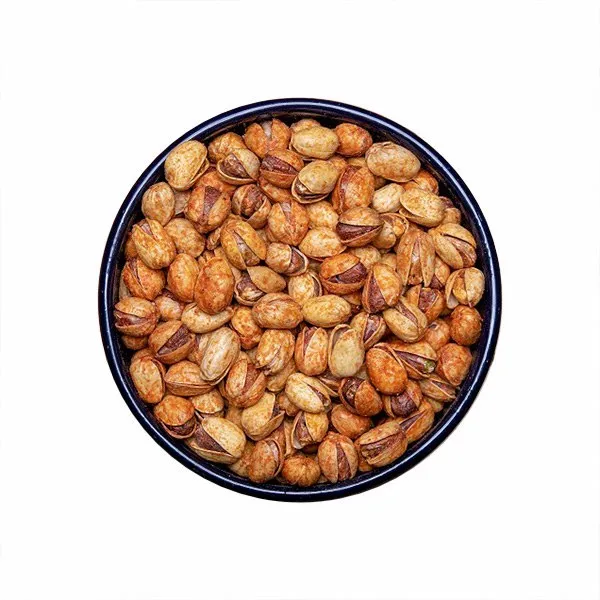
5. Badami:
Considered one of the rarest pistachio varieties in Iran, Badami pistachios are medium in size and have an elongated shape. They have a pale reddish shell and are recognized for their rich and sweet taste. Badami pistachios are often preferred in the confectionery industry due to their vibrant color and excellent flavor. Besides snacking, they are also popularly used in desserts, such as ice cream, pastries, and confectionery for their unique taste.
6. Akbari Long Pistachio:
Similar to the Akbari pistachio, the Akbari Long pistachio is renowned for its large size and elongated shape. These pistachios have a light-colored shell and are known for their high-quality kernels. With a rich and creamy taste, Akbari Long pistachios are often consumed as a delicacy, both in their natural form and as an ingredient in various culinary applications. They are widely used in premium nut mixes and gourmet dishes.
Conclusion:
Iran has cemented itself as a global hub for the production of high-quality pistachios, offering a multitude of varieties to cater to diverse preferences. Whether it’s the large and buttery Akbari, the sweeter Ahmad Aghaei, or the rounded Fandoghi, each variety possesses its own unique characteristics and taste profiles. The Iranian pistachio industry continues to flourish, satisfying both domestic and international demand for this popular nut.Title: Iran Pistachio Industry: Opportunities and Challenges for Business
Introduction:
Iran is the largest producer and exporter of pistachios globally, offering a wide range of high-quality varieties. The popularity of Iran pistachios presents significant opportunities for businesses involved in nut trading, processing, retail, and importing. However, there are also unique challenges to consider when entering this lucrative market. In this section, we will explore the key opportunities and challenges facing businesses in the Iran pistachio industry.
1. Rising Global Demand:
The global demand for pistachios has been steadily increasing, driven by the growing awareness of their nutritional benefits and their versatile applications in the food industry. Businesses entering the Iran pistachio market can tap into this rising demand by offering a consistent supply of high-quality pistachios to international buyers. The reputation of Iran pistachios for their unique taste and quality presents a significant advantage in gaining a competitive edge.
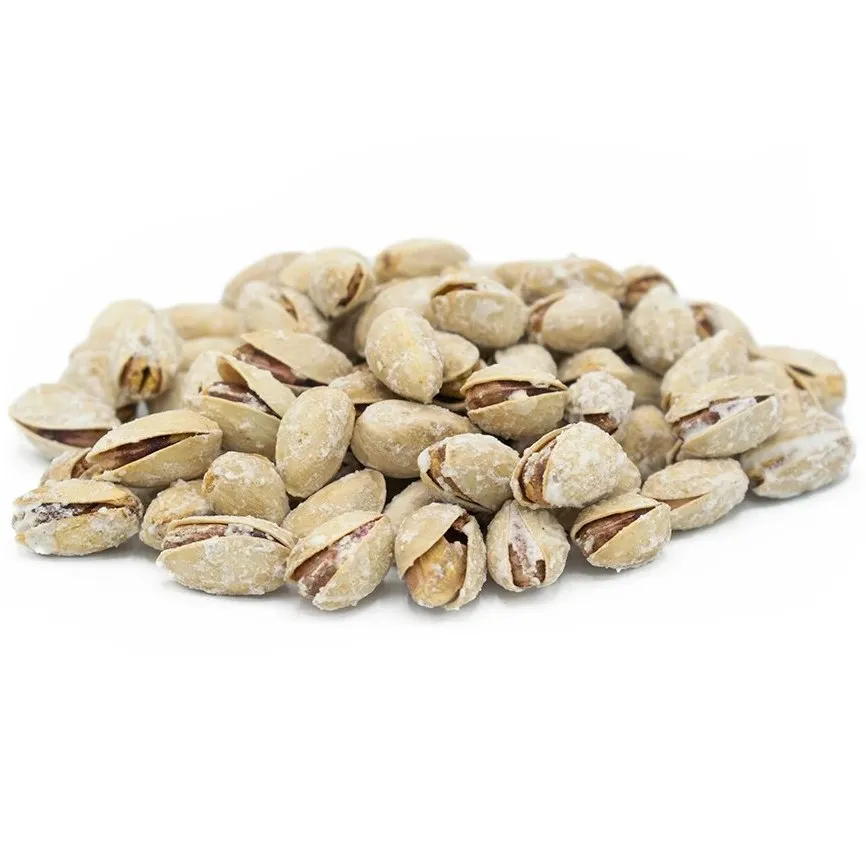
2. Diverse Market Segments:
Pistachios are widely consumed across various market segments, including retail, foodservice, bakery, confectionery, and snacking. This diversity allows businesses to target specific market niches and develop customized products to cater to different consumer preferences. For example, nut processors can create pistachio spreads, flavored pistachio snacks, or even integrate pistachios as ingredients in gourmet products. The versatility of pistachios opens up opportunities for business innovation and product differentiation.
3. Growing Health Consciousness:
Consumers are increasingly seeking healthier food options, and pistachios are considered a nutritious choice. They are packed with essential nutrients, including healthy fats, fiber, protein, and antioxidants. Businesses in the Iran pistachio industry can capitalize on this trend by marketing pistachios as a healthy snack alternative or as an ingredient in health-oriented food products. Positioning Iran pistachios as a natural and wholesome option can attract health-conscious consumers and drive sales.
4. Investment in Quality Control:
The Iranian government and industry players have recognized the importance of quality control in maintaining the reputation of Iran pistachios. Strict regulations and quality standards are in place to ensure that pistachios meet international requirements. Businesses that prioritize quality control and invest in state-of-the-art processing facilities and technologies will be better positioned to deliver consistently high-quality products. This commitment to quality can enhance credibility and attract both domestic and international customers.
5. Geographic Advantage:
Iran’s favorable climate and soil conditions create the perfect environment for pistachio cultivation and contribute to the superior quality of its nut production. Additionally, Iran’s geographical location provides access to key markets in the Middle East, Europe, and Asia. Businesses involved in the Iran pistachio industry can leverage this geographic advantage to establish strong distribution networks and expand their market reach across multiple regions, increasing export opportunities.
6. Trade Restrictions and Sanctions:
One of the significant challenges faced by businesses in the Iran pistachio industry is the impact of trade restrictions and sanctions imposed by international governments. These restrictions can affect the ability to access certain markets and hinder international trade partnerships. Businesses need to closely monitor political developments and ensure compliance with international trade regulations to mitigate potential risks and adapt to changing trade dynamics.
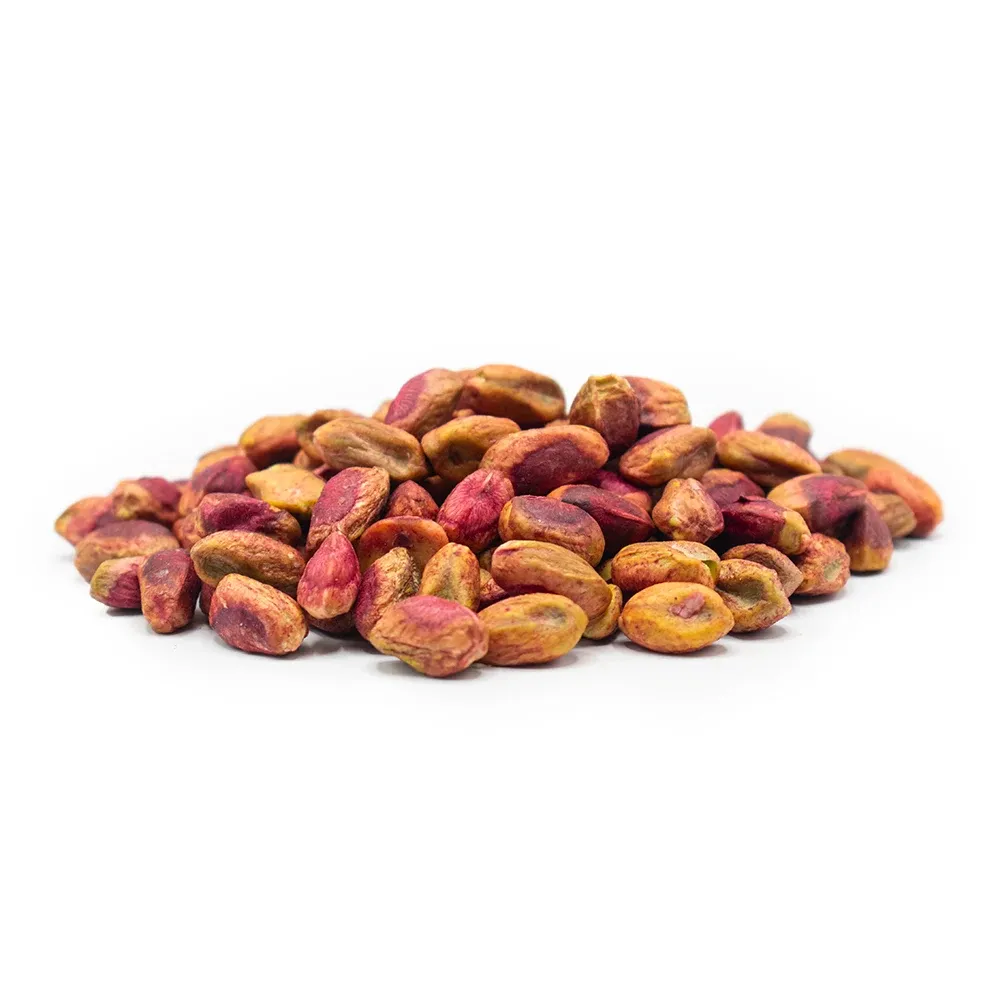
7. Competition from Other Countries:
While Iran dominates the global pistachio market, it faces competition from other pistachio-producing countries, such as the United States, Turkey, and Syria. Each country has its unique varieties and marketing strategies. To remain competitive, businesses in Iran need to differentiate their offerings by highlighting the unparalleled taste, quality, and tradition associated with Iranian pistachios. Developing strong branding and marketing initiatives can help position Iran pistachios as a premium product in the global market.
8. Infrastructure and Technology:
The Iran pistachio industry would benefit from continued investment in infrastructure development and technological advancements. Upgrading processing facilities, transportation systems, and storage capabilities can help optimize supply chain efficiencies and reduce product losses. Embracing technology, such as advanced sorting and packaging techniques, can improve product quality, enhance packaging appeal, and increase shelf life, thereby meeting the demands of international buyers.
9. Sustainability and Environmental Concerns:
Sustainability practices are increasingly important across industries, including agriculture. Pistachio cultivation requires proper water management, as water scarcity is a concern in regions where they are grown. Businesses involved in the Iran pistachio industry should emphasize sustainable farming practices, such as efficient irrigation methods, water recycling, and soil conservation techniques. Demonstrating commitment to environmental responsibility can enhance the reputation of Iran pistachios and attract environmentally conscious consumers.
10. Market Volatility and Price Fluctuations:
The Iran pistachio market is subject to price fluctuations caused by factors like climate conditions, crop yield, supply and demand dynamics, and currency fluctuations. These fluctuations can impact profitability for businesses in the industry. Developing risk management strategies, such as hedging and diversification, can help businesses navigate market volatility and mitigate potential financial risks.
Conclusion:
The Iran pistachio industry offers substantial opportunities for businesses in the nut trade, processing, retail, and importing sectors. Capitalizing on rising global demand, targeting diverse market segments, and highlighting the health benefits of pistachios can help businesses gain a competitive edge. However, challenges such as trade restrictions, competition, and ensuring product quality require careful consideration. By investing in quality control, leveraging geographic advantages, embracing technology, and adopting sustainable practices, businesses can position themselves for success in the Iran pistachio industry.

